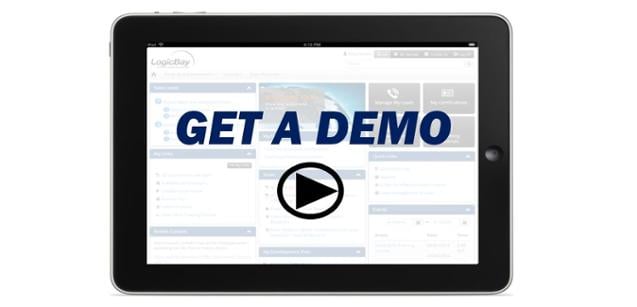It’s a buyer’s market out there, in more ways than one. Due to the proliferation of business startups in recent years, and the vast reach of the Internet, virtually every company is facing more competition than ever before. That’s not just true for B2B or B2C enterprises, but also for indirect-sales organizations seeking to sign up new sales partners.
In the same way that smart marketing today involves aligning sales and marketing efforts to precisely target buyers, a vendor looking to grow their channel ecosystem should also be focused on smart outreach to potential partners. It can’t be a “one size fits all” effort. Because local sales outlets almost always have a wide variety of potential partnerships on the table, they’ll be going with the vendor(s) who can best meet their own business needs.
Of course, having an ideal partner profile is key. From there, the better you can communicate your value proposition to each potential partner, the easier it becomes to create a compelling pitch to bring them onboard.
Key Factors To Consider When Crafting Your Value Proposition For New Partners
One of the nice things about doing business today is that the Internet is such a great way of doing research on other businesses. The sorts of background inquiries and investigations which used to take days or weeks, requiring documentation specialists, can now generally be conducted in an afternoon on Google and various social media outlets.
Look At The Potential Partner’s Website And Social Media Presence
Start with their public face. How much investment are they putting into building their own brand and making themselves publicly known? What customers are they trying to attract? How do they portray themselves, and what values do they profess to hold? Pay particular attention if any of their blogs or social posts mention challenges facing the company – that’s your opportunity to shine by presenting a solution to their problems. Or, if they have ambitions such as going global with their sales, you could present yourself as a path towards such plans. Do they seem to do a good job of generating and capturing demand?Just as you might look at a potential B2B buyer’s LinkedIn page to get insights into their psychology, the same basic technique can work on partner businesses too.
Check Their Public Reviews
For the other side of the “public presence” coin, look to their Google Local reviews, Yelp listings, or potentially even discussions of them on message boards relevant to their industry. Comparing the two will often bring a lot of insight into the company, or suggest areas where they need improvement but may not be talking about it publicly themselves. This, again, gives you openings to demonstrate how partnering with you may be able to give them a boost in critical areas.
As an example: If customers are complaining about slow delivery times for products ordered, emphasize your superior infrastructure and fulfillment capabilities.
SEE ALSO: CHANNEL PARTNER ENABLEMENT ACROSS THE PARTNER LIFECYCLE
Try To Find Out Who You’ll Be Talking To
Thanks to the tendency of many businesses to put their entire staff on social media, particularly LinkedIn, you can often quickly put together a fairly accurate organizational chart based on nothing but public information. Then you can identify the decision-makers who are likely to be involved in your discussions\negotiations, and look them up as well for more insights into what arguments would be most likely to sway them.Learn About Their Market
The various public materials, particularly their blogs, should give you a lot of information about who their target markets are, and what solutions their own customers are looking for. Since pitching a vendor partnership is something of a two-sided discussion – how you are good for them and good for their buyers – the more you know about their local market, the better.In particular, pay attention to local quirks that might not be applicable on a national level. Being able to explain how your product will appeal in Peoria, specifically, will do a lot to impress businesses local to the area, or any other area a company might service.
Look At Their Competition
Finally, research the threats they’re facing. Is there a competitor who is undercutting them on certain products, or offering services they cannot? This is your chance to offer them a leg up, and a new opportunity to shore up their defenses against other companies.Or, for that matter, looking at their competition might give you some new ideas for other potential partners too.
The Side Benefit: You Get To Make Better Choices Too
There is, of course, another major benefit to doing all this research on potential partners. Beyond helping them realize you are right for them, it also helps verify that they are right for you. As we’ve discussed in the past, too much growth too quickly can choke an ecosystem, and smart research can help ensure you’re only targeting partners who are a good fit for your ecosystem.
This period of research gives you time to consider whether the partner you’re targeting will be likely to stay with you in the long-term, and will share enough of your common goals and philosophies to fit well into your existing ecosystem. If you see something in the research that looks iffy, well, that’s a sign to look to another partner instead.
After all, there’s plenty of partners to choose from as well.
Make Life Easier For Your Partners With PRM
Partner Relationship Management software can be a compelling selling point, when pitching your organization to partners. An all-in-one PRM portal can make you vastly easier to do business with, while centralizing all the functions and services most-needed to build a successful ecosystem.
Contact LogicBay today to arrange a free demonstration of PRM for yourself.

